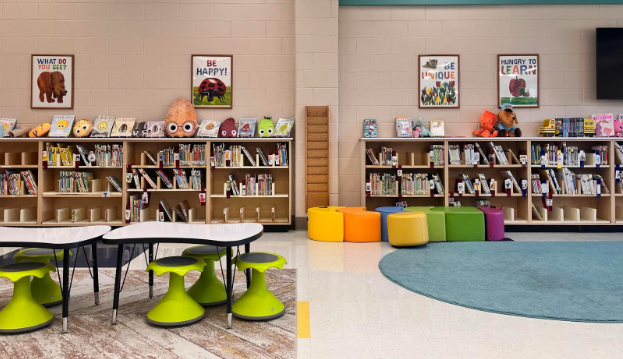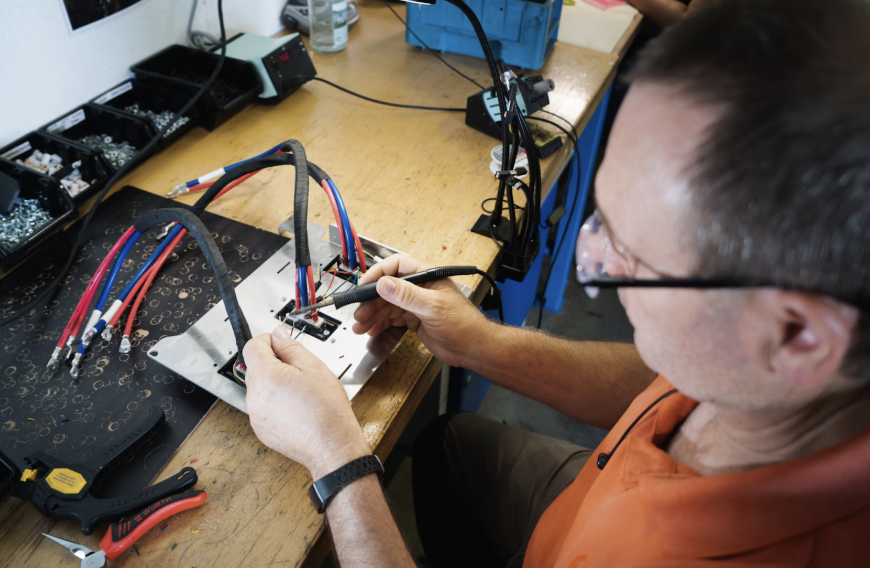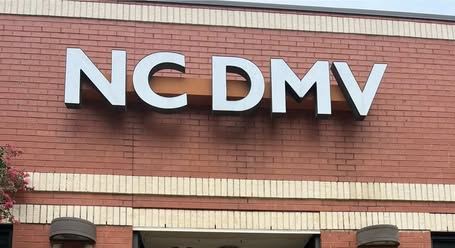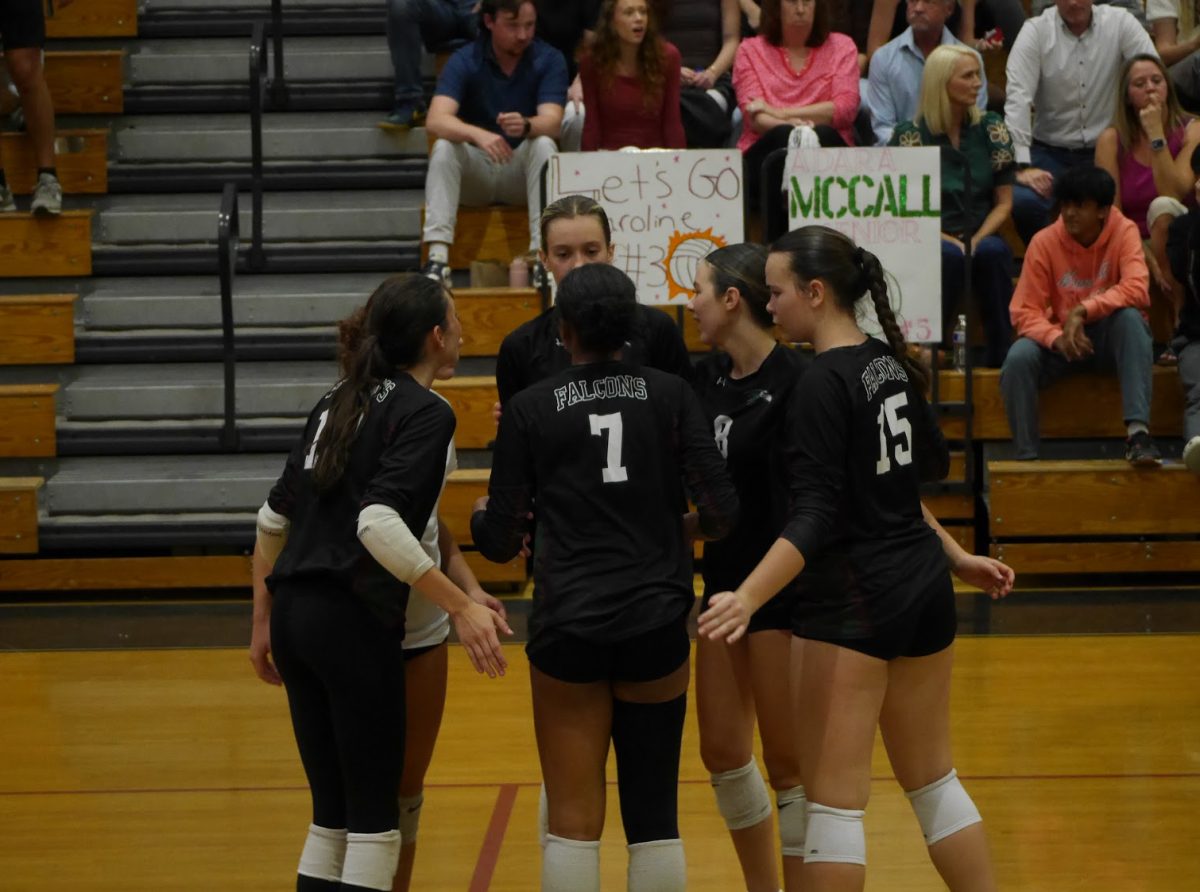Is college always the right path?
For years, many students have viewed college as the obvious next step after high school. However, in recent years, trade schools have become increasingly appealing as students begin to question whether a four-year degree is always the best option. According to the National Clearinghouse Research Center, post secondary enrollment in vocational schools and technical programs have grown steadily in the past 5 years. As college tuition costs continue to rise and student debt becomes a growing concern, trade schools are gaining attention as a valuable and practical alternative.
What Students should consider
Deciding between college and trade school depends on several factors, including career goals, personal interests, and financial circumstances. Ishan Narway (‘27), a student at Green Hope High School, shared his perspective on what students should think about when making that decision. “If you’re more into hands-on type of work or want to start earning sooner, trade school is a great option,” Narway explained. “But if your goal needs a degree, then college makes more sense.”
Trade school provides specialized skills for the workforce, while college often offers broader academic and career opportunities
Changing Perceptions of Trade Schools
Trade schools are starting to gain more respect as people start to recognize their value. “A lot of trade jobs pay really well and offer steady work. More students and parents are beginning to realize that,” Narway said. In fact, enrollment in vocational programs increased nationwide over the past few years as families seek more affordable and practical career paths. The U.S. Bureau of Labor Statistics projects strong growth for trade occupations like electricians, welders, and HVAC technicians. McKinsey & Company also reports a nationwide shortage of skilled tradespeople which further highlights the demand of these essential careers.
Cost and Job Security
Cost is a major factor for many students when deciding between college and trade school. With rising tuition prices and growing concern over student loans, families are becoming more cautious about higher education expenses. The Federal Reserve Board notes that student debt can affect financial wellbeing long after graduation. Narway said, “College can be super expensive. Trade schools usually cost a little less, which means you’re earning instead of paying off loans.”
Preparing Students for Both Paths
Despite growing interest in trades, many high schools still emphasize college as the default path after graduation. Narway suggested, “Schools should talk about trade schools just as much as college is mentioned. Guest speakers and more counseling would help students see all of their options.” Across the country, however, there has been a rise in technical high schools and career focused programs where students can choose a trade early on and graduate with certifications or real-world experience. At Green Hope, counselors have also started taking steps to highlight these alternatives, offering resources and guidance for students interested in apprenticeships, vocational programs and community college partnerships. This growing effort helps students recognize that success can come from many different paths – not just a 4 year degree
Success doesn’t have a single path. College is not automatically better, and trade schools are increasingly practical and rewarding. Narway summarized it well: “It’s really about what fits your goals and learning style, not just what everyone else has been doing”










































































